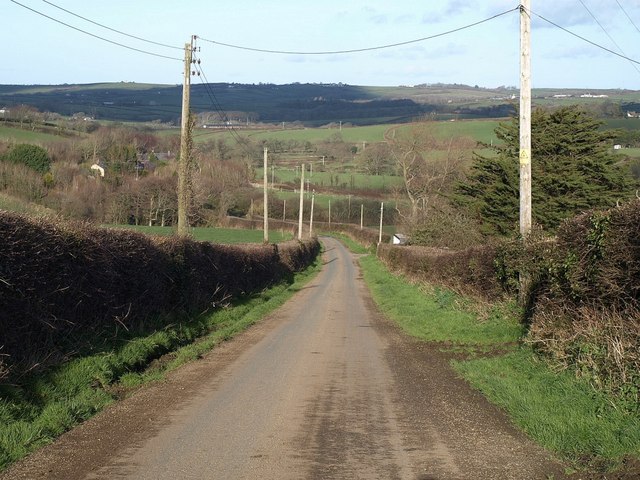A multitude of apologies to the thousands of readers of this blog from north Cornwall. Somehow this piece on the coastal parish of Poundstock south of Bude went missing. But rest assured; it’s not been lost and here it is only two days late. Domesday Book in 1080 recorded five families who were working land in the manor of Poundstock, one of which were slaves. This implies around 30 to 40 people in Poundstock manor in the 11th century. By 2011 the population of the parish (although it does not have the same boundaries as the manor and is probably bigger) had mushroomed to 925. Back in 1861 there were 550 inhabitants (slowly declining to 430 or so by 1911). These included Thomas Medland, son of a farm labourer and a good example of the lives of the parishioners of this rural, farming parish.
Like most sons of farm labourers, Thomas duly became a farm servant and then a farm labourer himself, moving from parish to parish for work. The census and the birthplaces of his children indicate stays in Otterham, Forrabury, St Gennys and Warbstow at a minimum over the 20 years between 1871 and 1891. During this time, Thomas had married twice. His first wife in 1876 was Ellen Howill. Sadly, Ellen died in 1883, aged 28. This may well have been in childbirth, although the dangers of childbirth at this time shouldn’t be overstated. In fact, women aged 25 to 34 in Stratton Registration District (which included Poundstock) in the 1880s had a 90 per cent chance of surviving the next decade, whereas the equivalent probability for men was 88 per cent.
Thomas married again – to Betsy Davey – in 1887. The new century saw the family living at South Petherwin, although Thomas was suffering from an unspecified illness in 1911 when he is found among the nine patients (looked after by a matron and two nurses) at the Launceston Infirmary and Rowe Dispensary, which had been founded in 1871. Whatever his illness, it wasn’t life-threatening, as he lived on until 1935, in fact outliving his son Charlie who died in Flanders in 1916, possibly during the bloodbath of the Somme.
Sibylla Dayman did not have to worry as much as the Medlands about basic questions of survival. She was the daughter of Phillips Dayman, Vicar of Poundstock at mid-century. In 1871 Sibylla married Robert Burns, who came from Dublin. Robert had no occupation in 1881 when the couple were living at Weybridge in Surrey, after spending a few years in Dublin. Robert was clearly a ‘gentleman’ with some sort of private income or inheritance. In 1891, after his death, Sibylla moved to Exeter where she lived ‘on her own means’. Those means were clearly sufficient to employ a domestic servant, as she did both in Exeter in 1901 and later in 1911 when she moved to Salisbury in Wiltshire. Sibylla died in 1933, leaving £14,909 (a considerable sum equivalent to over £1.1 million in modern terms) to her three daughters – Edith, Irene and Agnes.


What is the relationship between a manor and a parish? If merely that a certain amount of land belongs to a manor, then could a manor cover several parishes? Also, interesting to learn of a slave family working the land. Whose slaves would they have been? I presume you are talking of a relationship outside the feudal system.
LikeLike